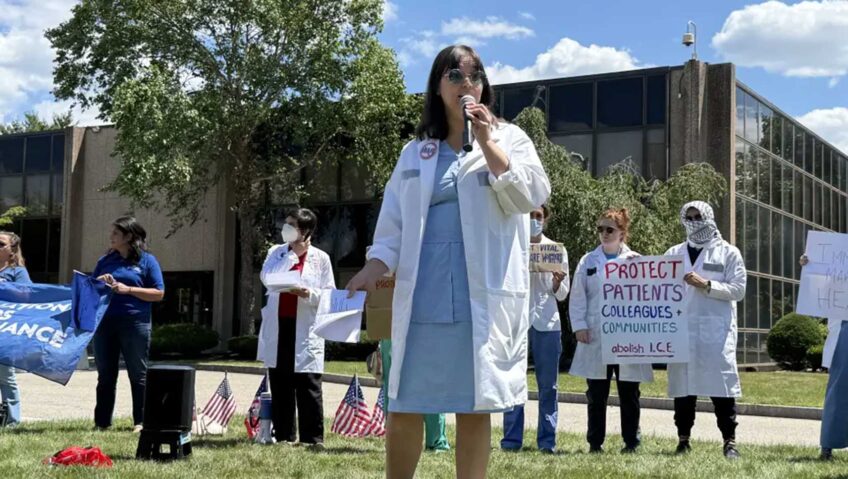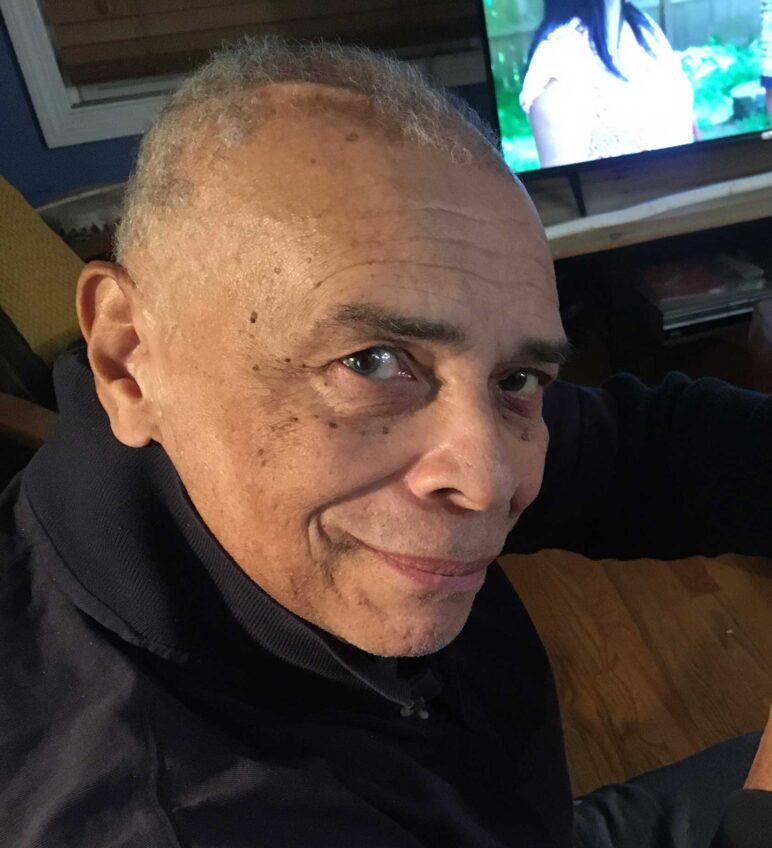Faster transit time, accessibility, comfort are key goals
Using a $10 million dollar federal grant received through the American Recovery and Reinvestment Act (ARRA), the MBTA is proceeding with efforts to improve 15 of the busiest city bus routes, including several that run through Roxbury, Dorchester, Mattapan and Hyde Park.
A consultant team hired by the MBTA has been examining the 15 “key routes” from end to end. The aim is to identify small improvements at every stop that could speed up the routes and make the stops more accessible and comfortable.
Some routes, including 1 and 23, have already gone through a public meeting process. They are in the design phase now, with implementation expected to start in summer 2012.
Others are at an earlier stage, including routes 15 (Kane Square/Fields Corner to Ruggles via Uphams Corner), 22 (Ashmont to Ruggles), 28 (Mattapan Station to Ruggles via Dudley) and 32 (Forest Hills to Cleary Square/Wolcott Square).
At an April 30 public meeting on the proposed changes to routes 15, 22 and 28, MBTA Project Director Erik Scheier gave an overview of the goals of the Key Bus Routes Improvement Program.
One goal is to improve reliability, reducing the “bunching up” of buses and the constant stop-and-start feel of the bus journey, he explained. Remedies for unreliability include removing or consolidating stops where existing stops are closely spaced. Relocating stops to the “far side” of an intersection can also help, making it easier for buses to pull in and more likely passengers would cross the street the behind the bus, not in front of it.
Improving accessibility for seniors and those with disabilities is another priority, Scheier said. Some stops will be elongated to ensure buses can pull in all the way to the curb; stops may be moved to places where the sidewalk is wide enough to accommodate wheelchairs well.
In addition, new signs will show route information on front and back, and amenities such as shelters and benches will be added or improved.
The grant money is for capital improvements only. It cannot be used for hiring additional drivers or T police officers, nor for relieving the T’s overall financial troubles.
After Scheier’s overview, consultants Ralph DeNisco of Nelson Nygaard Transportation Planning and Katie Baratta of McMahon Associates went over specific recommendations, stop by stop. They provided handouts with maps and spreadsheets showing detailed data, including stop location, distance to the next stop, average daily count of people getting on/off at that stop and whether a shelter or bench exists now. Preliminary recommendations are noted for each stop, such as “lengthen stop to 65 feet,” “remove stop” or “replace trash receptacle.”
This was the last public meeting for phase one of these routes, and May 1 was the last meeting for route 32. Public comments on this initial phase can still be submitted until May 15.
Only six people attended this meeting, held in the Kroc Center community room. Prior meetings have drawn 10-20 people, Scheier said. Some attendees were doing double-duty this night as professionals and local residents. For instance, a representative from City Councilor-at-Large Felix Arroyo’s office said she is also a regular rider of route 15; the same was true for an Uphams Corner Main Streets member.
An elderly resident expressed concern about proposed stop relocations that she felt would cause safety problems, such as forcing more people to cross dangerous intersections.
Others questioned changes that could worsen traffic problems, for instance, a proposed new stop in front of the Citizens Bank near the Strand Theatre.
One person worried that adding a bus shelter on Dudley Street at Cottage Street could block the view from Project Hope’s community room. DeNisco said that all abutters will be consulted on proposed changes that could affect them, but at a later stage when the plans are more refined.
When stops have to be elongated for accessibility, that change takes away parking spaces, DeNisco noted. When a stop is removed, a few parking spaces are added back.
The route 15 discussion ran to the end of the two-hour meeting. No one asked to move on to routes 22 or 28, but detailed information on proposed changes for all the routes can be viewed on the MBTA website at www.mbta.com/keybusroutes.
Routes 15, 22, 28 and 32 are the last of the Boston routes scheduled for implementation under the ARRA grant. These, along with routes 71, 73 and 77 in Cambridge and Arlington, are still in the public process. Routes that have already completed the public process and are in the design phase are 1, 23, 39, 57, 66, 111, 116 and 117.
The next step for routes 15, 22, 28 and 32 is a round of revisions based on the feedback so far, followed by another series of public meetings set to begin in June.
“These meetings are the opportunity for the community to provide feedback,” said Scheier at the recent Kroc Center meeting. “We know that the riders in the community know the routes better than we do.”
Besides attending public meetings, interested residents can email comments and feedback to keybusroutes@mbta.com or mail them to MBTA Project Director for Operations, 45 High St., 5th Floor, Boston, MA 02110.






